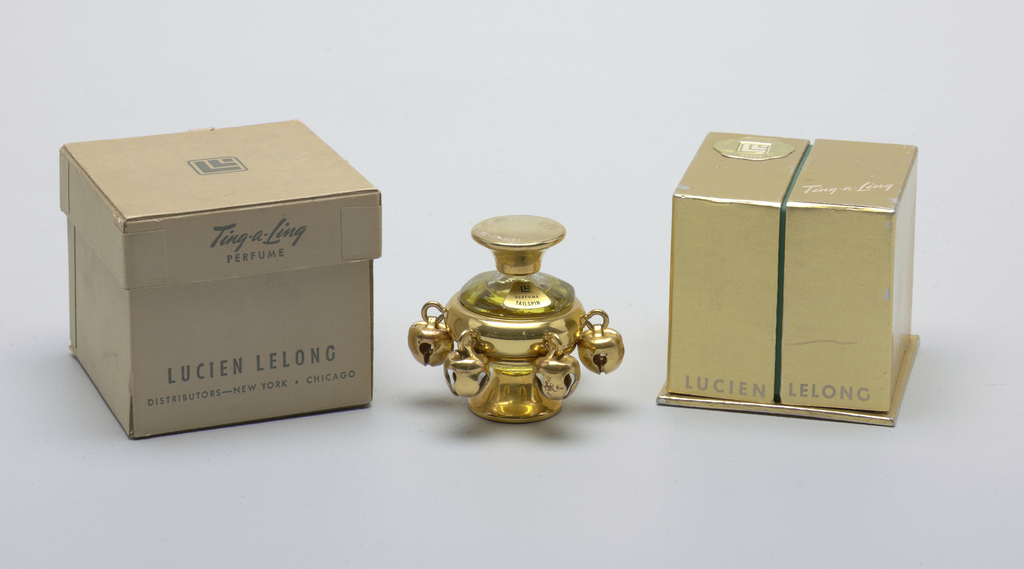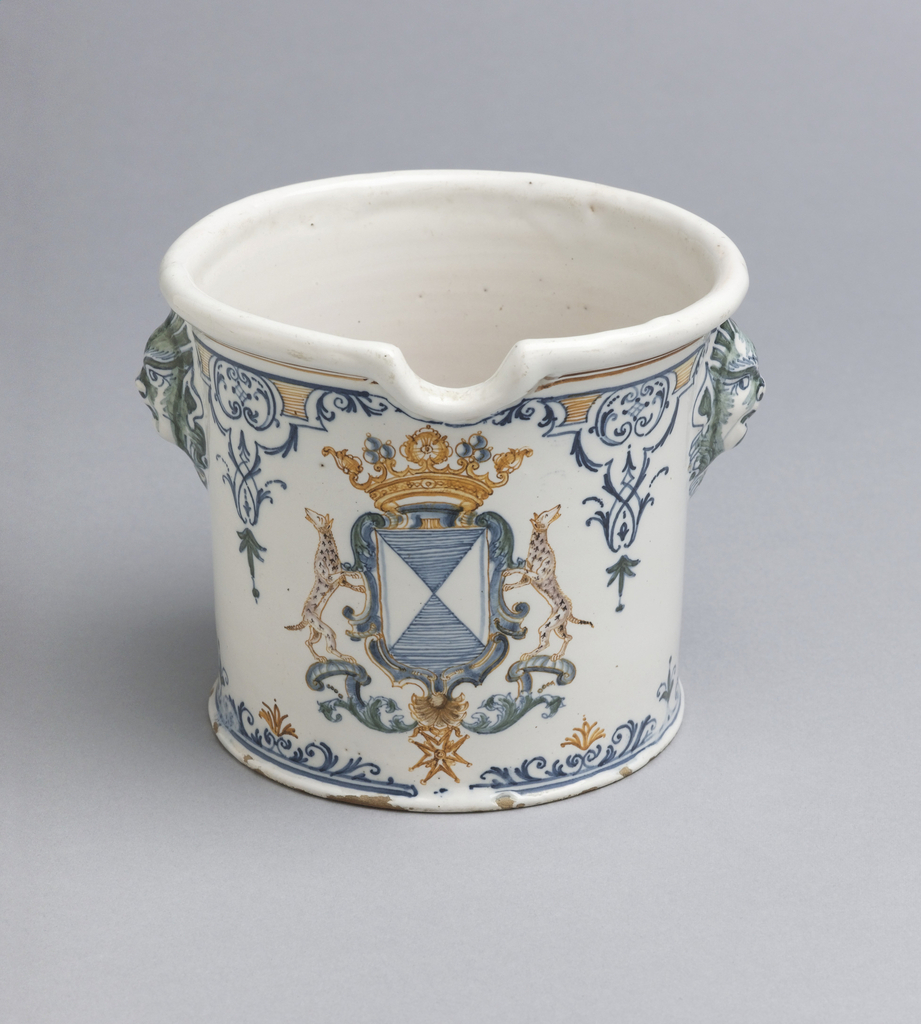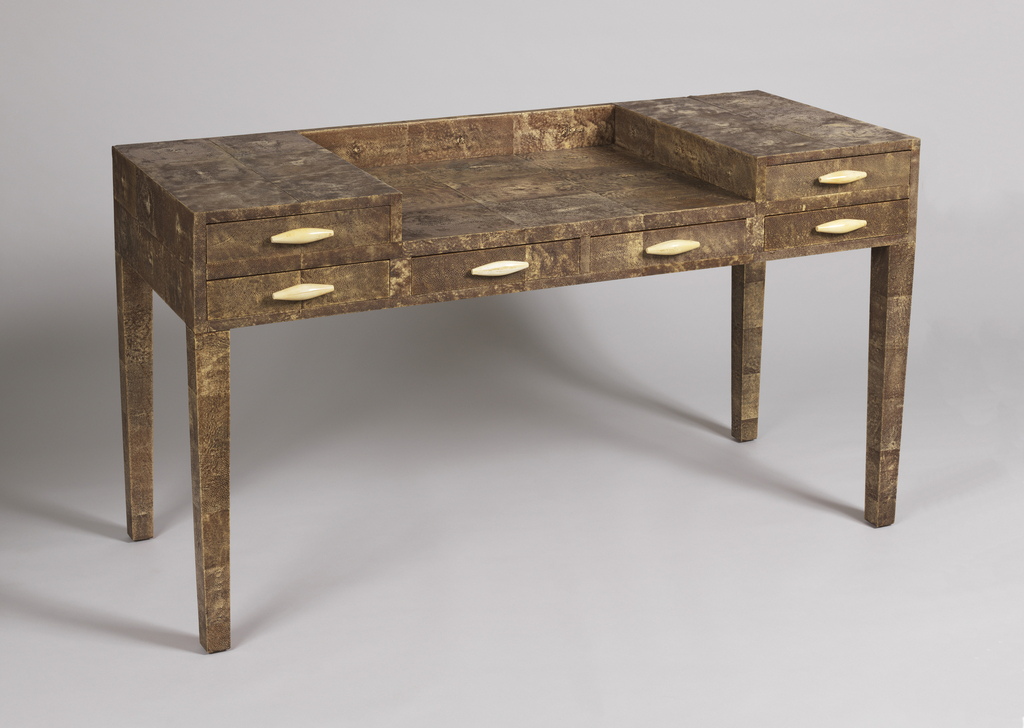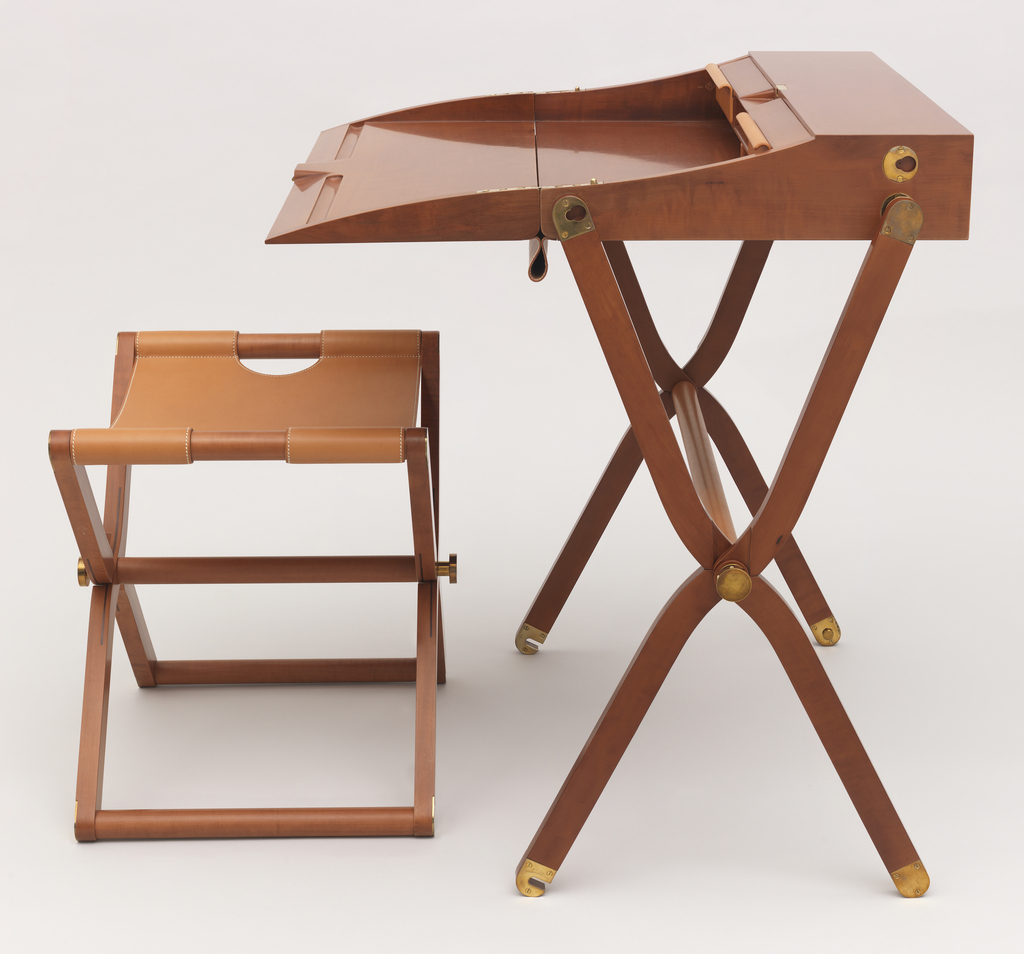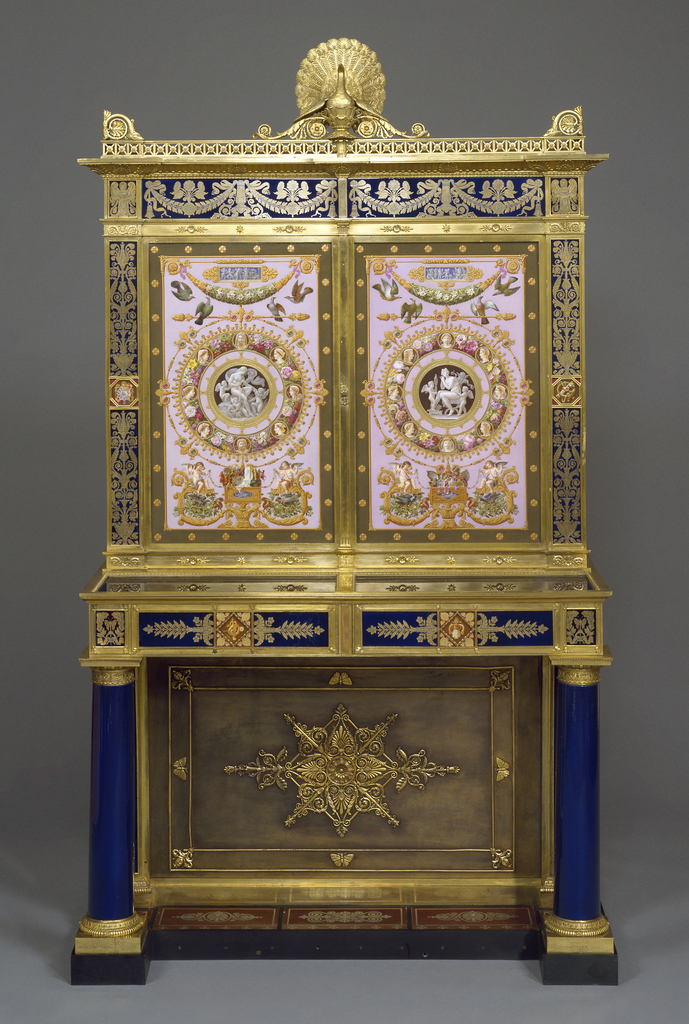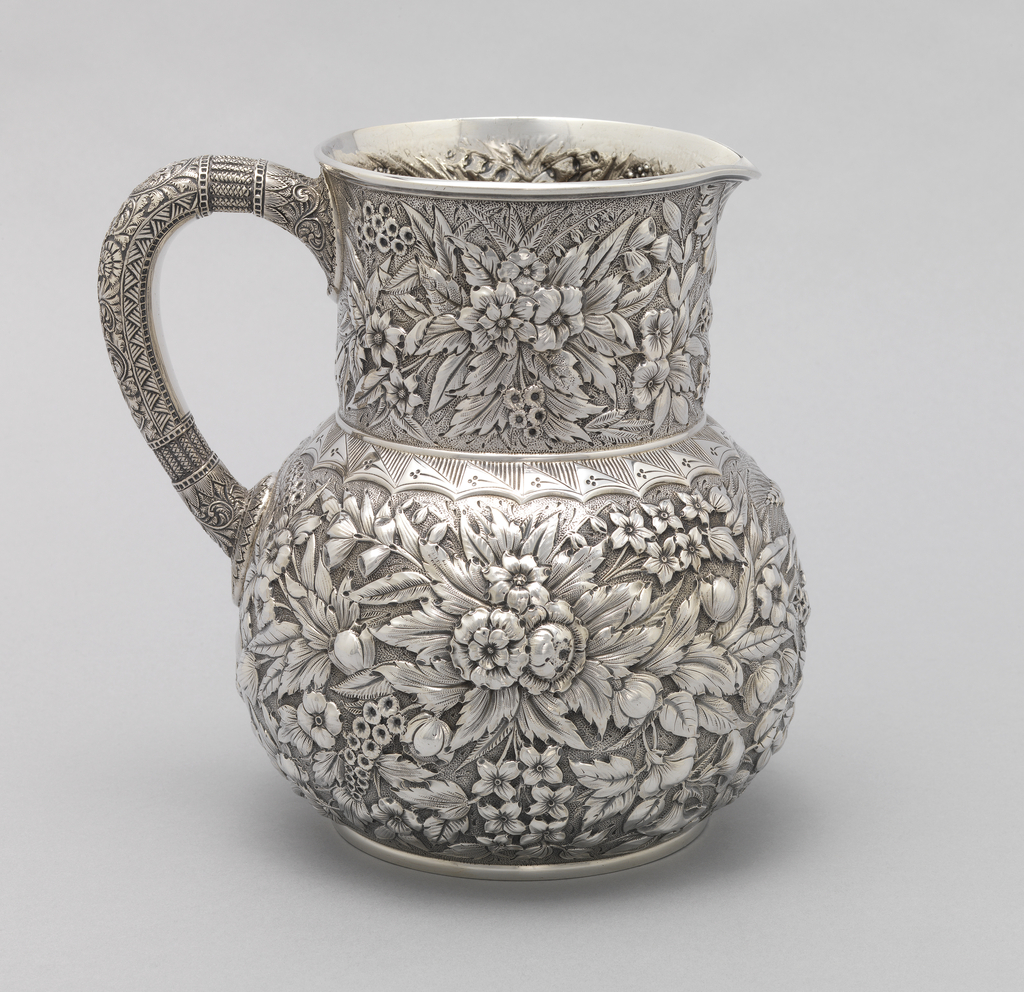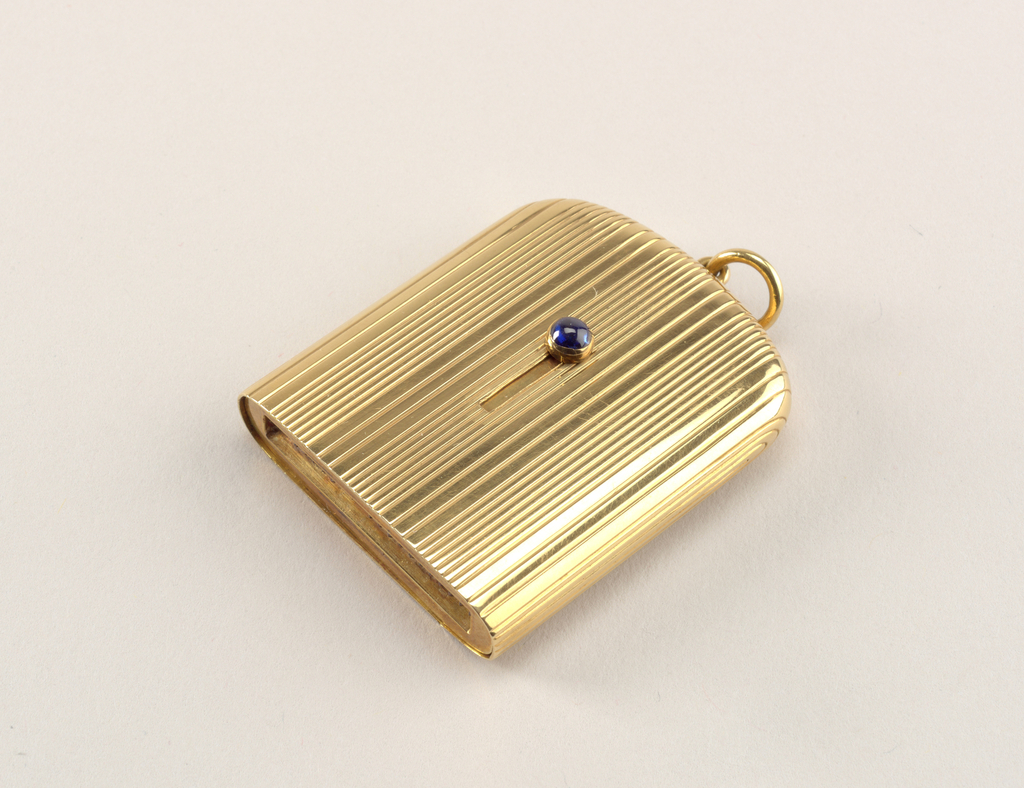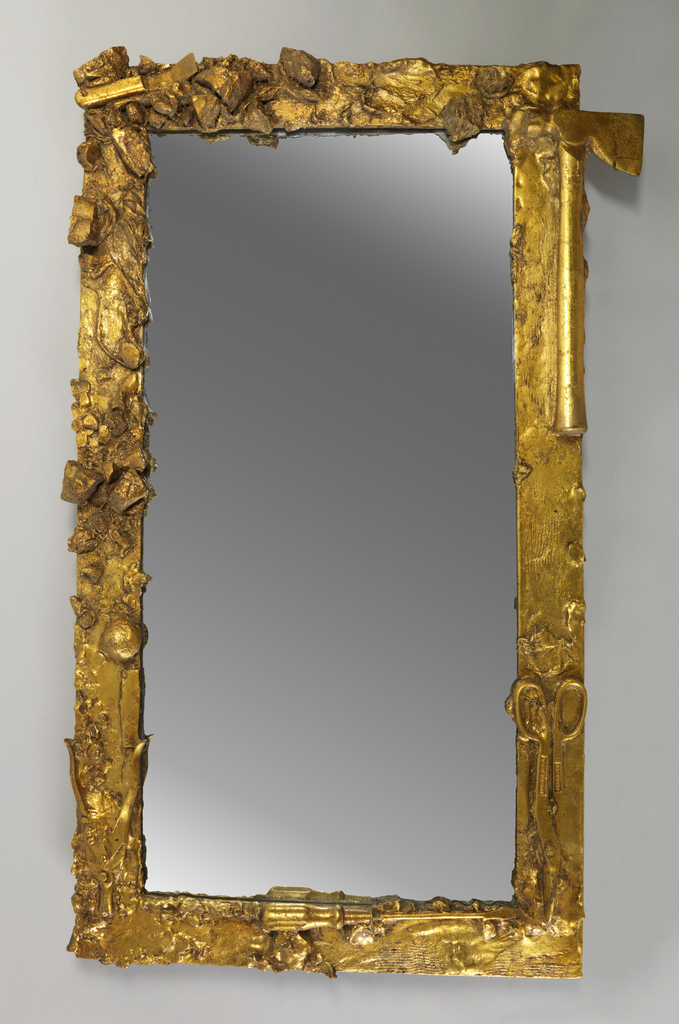Émile-Jacques Ruhlmann, the designer of this commode, produced a number of luxury furniture pieces throughout the 1920s and early 1930s that represent the pinnacle of French Art Deco design. His work often imbued historical cabinetmaking techniques and forms with a vibrant and modern spirit. Though he achieved notoriety for his furniture, his firm also produced...
This festive little perfume bottle embodies the creative genius of French couturier Lucien Lelong, active between 1919, when he opened his first couture house, and 1948, the year he retired. Lelong was influential in shaping the world of haute couture throughout much of the twentieth century. Among his contemporaries were Chanel, Worth, Patou, Lanvin and...
This Object of the Day celebrates one of many treasured objects given by Clare and Eugene V. Thaw to Cooper Hewitt, Smithsonian Design Museum. It is published here in memory of Eugene V. Thaw. Click on this link to read more about the Thaws and their gifts to Cooper Hewitt. When King Louis XIV issued a...
Sarah D. Coffin and Cynthia Trope discuss this lavish yet modern sharkskin desk, now on view in The Jazz Age: American Style in the 1920s.
This desk and stool, designed by Rena Dumas with Peter Coles for the Paris-based luxury brand Hermès, are made of pearwood, leather and polished brass, all lavish and sensuous materials. They are part of the firm’s Pippa furniture collection, along with eight other pieces. Space-saving collapsibility is a convenience not usually associated with luxury furniture....
The theme of this Royal Jewel Cabinet from France, dated 1824-26, is no doubt indulgence in all forms – especially love and extravagance. Its rich iconography displays symbols of love and jewels, where antiquity is mixed with early-nineteenth century depictions of flowers.[1] The cabinet is constructed of porcelain plaques in a gilt-bronze armature. A golden...
During the second half of the nineteenth century, there was a burgeoning interest in the designs of the Middle East, Japan, and China. This passion for all things that were “exotic” in the eyes of Americans led to a craze for objects inspired by these international decorative arts. At the time, much of the silver...
The development of friction matches in the early nineteenth century was a major discovery as it allowed for instantaneous and reliable fire on demand for the first time in history. The design of matchsafes arose as the early friction matches were both highly combustible and unstable. These decorative boxes allowed bulk matches to be protected...
This week’s entries are dedicated to objects featured in the exhibition Thom Browne Selects, currently on view at Cooper Hewitt through October 23, 2016. Jim Dine’s impressive career started not long after he had graduated from Ohio University with a BFA in 1957. After making the move to New York in 1959, Dine collaborated with...

